Efficient Waste Collection and Management at Toll Stations
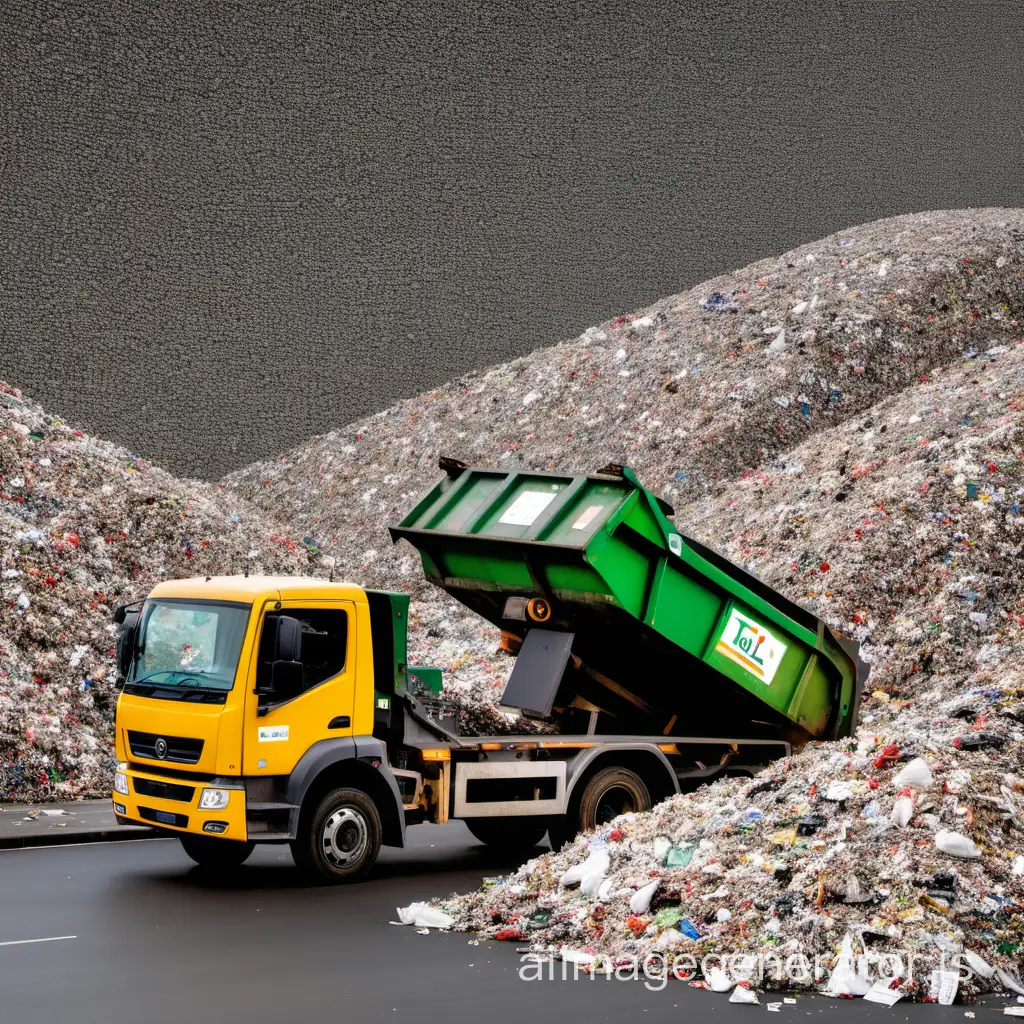
Image Prompt
Prompt
toll management collects, and aggregates all mixed waste to the nearest landfill
Model: realistic
Ratio: 1:1
Related AI Images
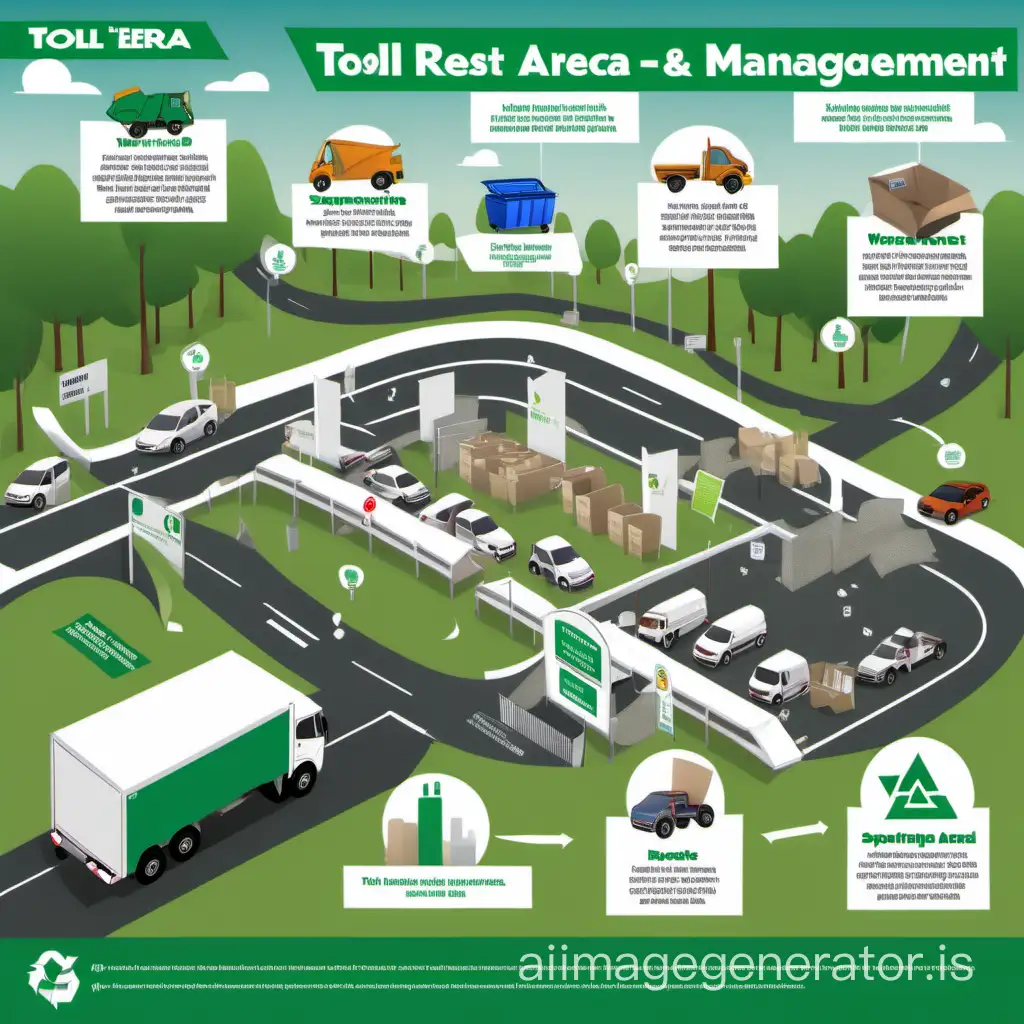
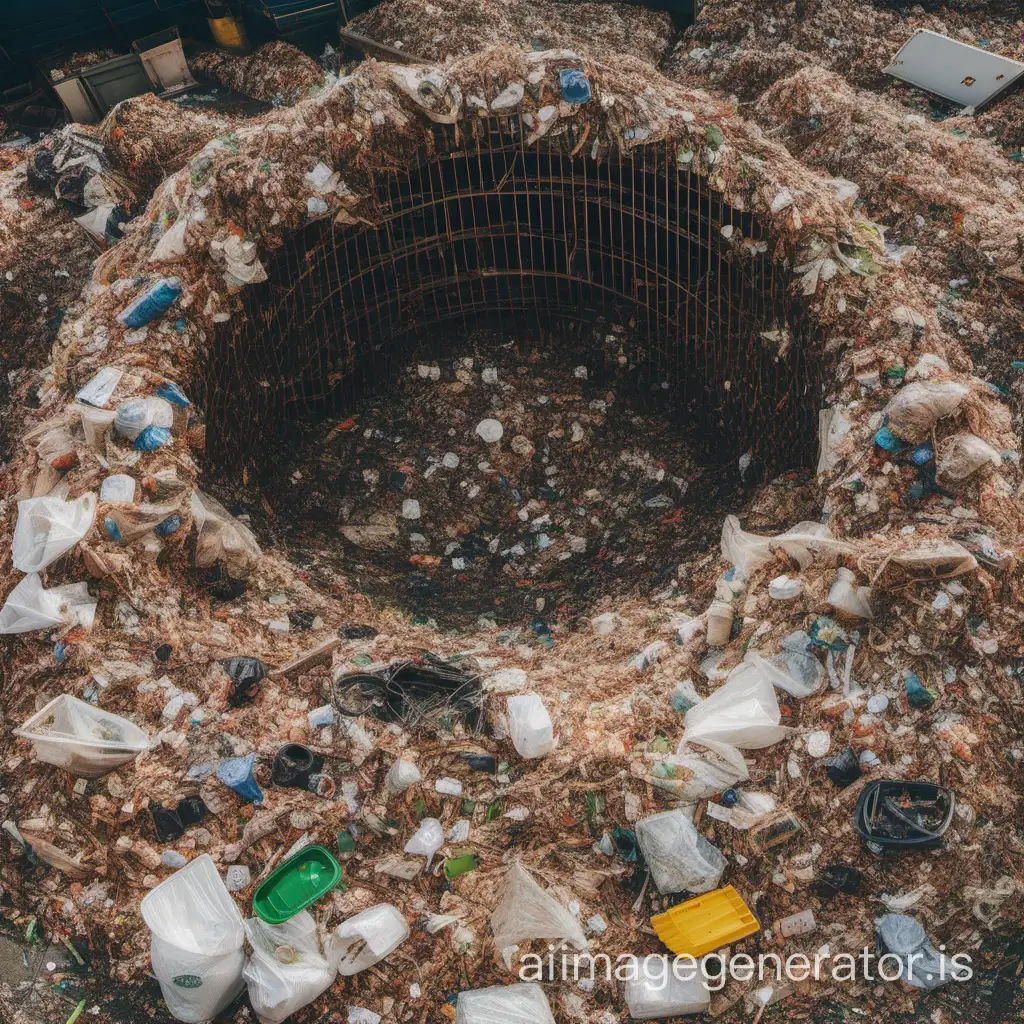
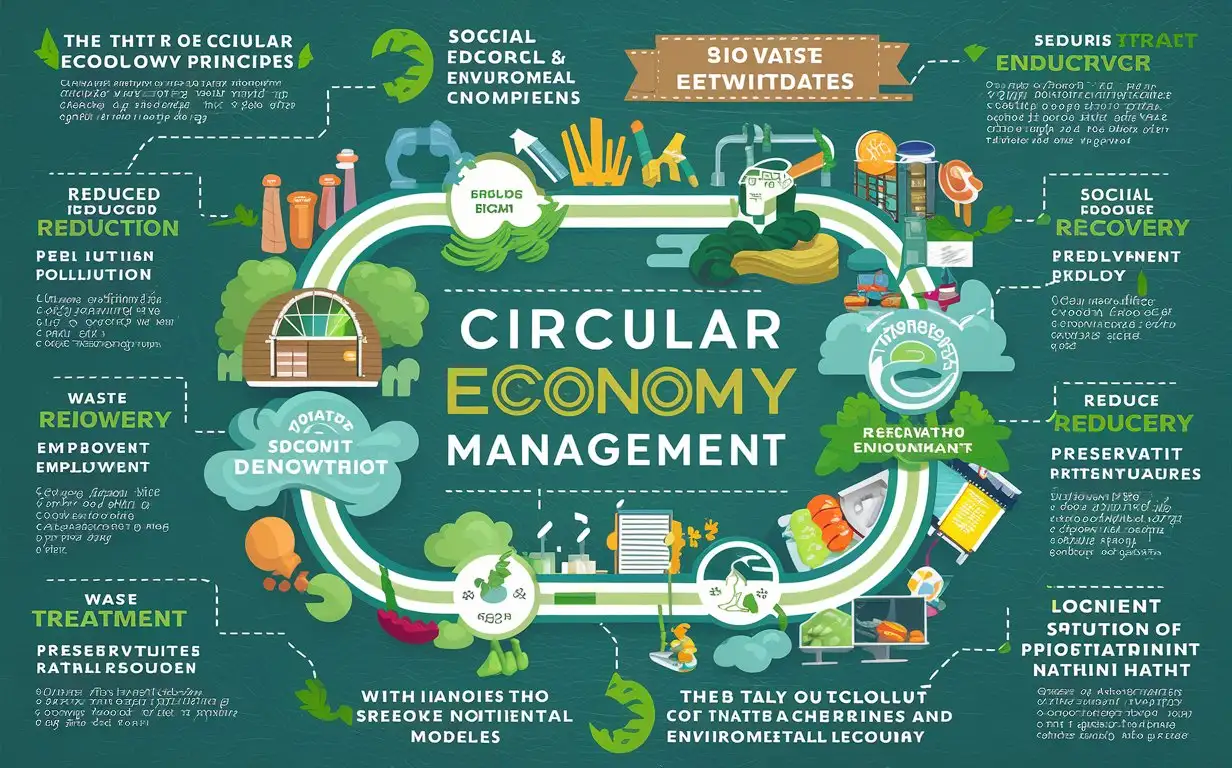


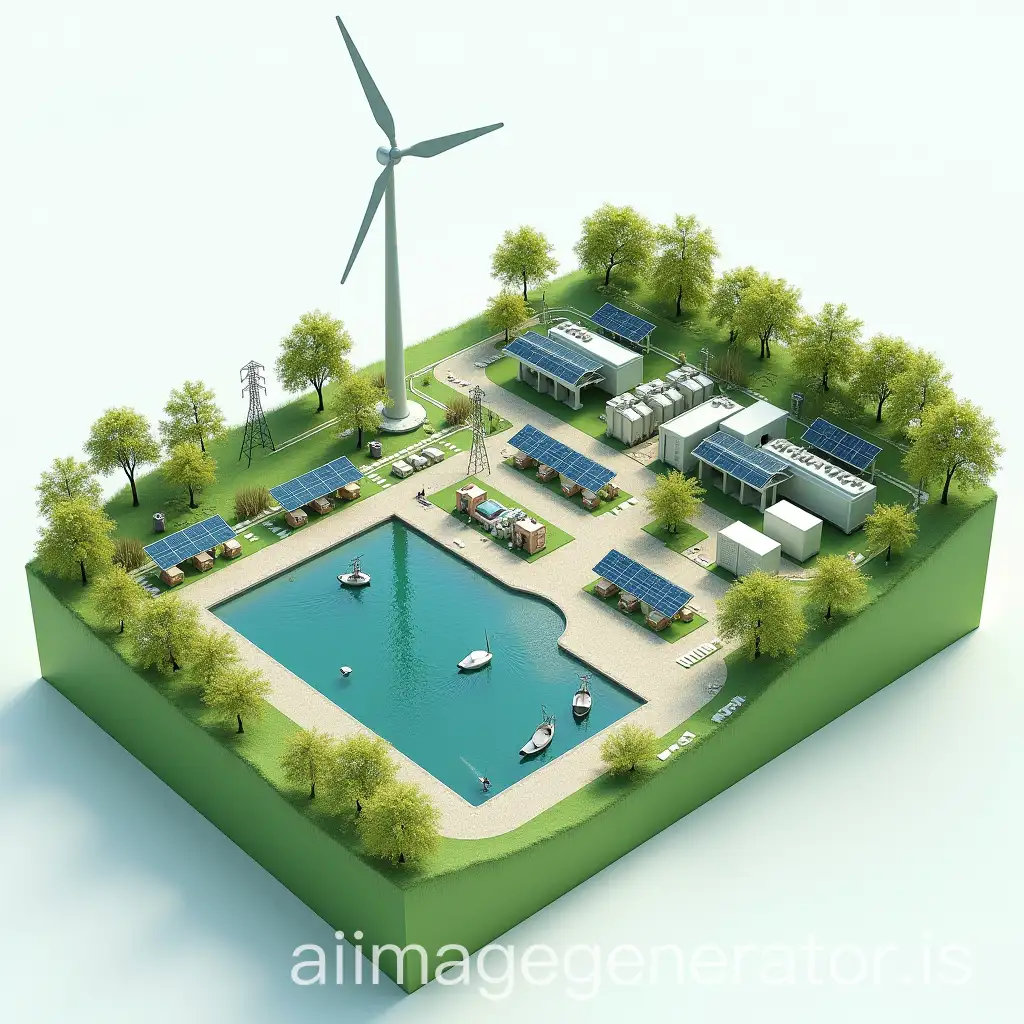


Prompt Analyze
- Subject: The main focus of the image is the toll station where waste management is taking place. It depicts a scene where various types of waste are being collected and aggregated for proper disposal. Setting: The setting is a toll station, showcasing the intersection of transportation and waste management. There may be vehicles passing through, workers handling waste, and infrastructure typical of a toll booth. Background: The background might show signs indicating waste collection procedures and environmental initiatives. It could also include bins or containers for different types of waste. Style/Coloring: The style could be realistic or slightly stylized to emphasize key elements. Colors may be vibrant to draw attention to the importance of waste management. Action: The action involves workers collecting and sorting waste, possibly using specialized equipment. There might be vehicles unloading waste containers or workers organizing different types of waste. Items: Various items such as garbage bags, bins, recycling containers, and possibly machinery like compactors or sorting equipment could be present. Costume/Appearance: Workers may wear uniforms or protective gear suitable for handling waste. They could also wear reflective vests for visibility. Accessories: Accessories might include gloves, masks, helmets, and tools necessary for waste management tasks.